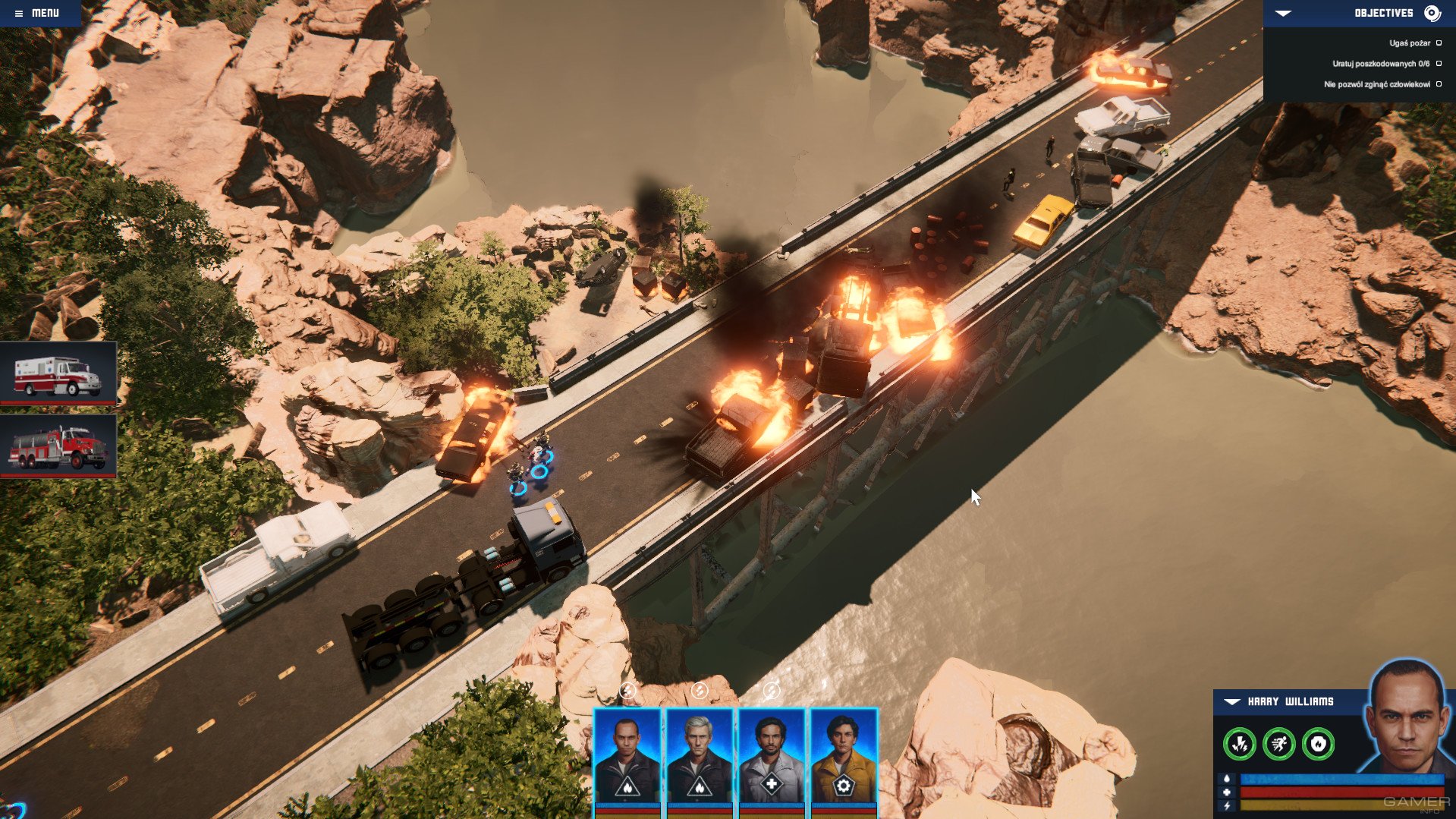

If an incident becomes more complex with a growing number of sectors in use, the incident commander may choose to appoint an operations commander. The incident commander should also consider appointing sector commanders to supervise personnel and command areas of operations if the scale of operations grows.

This ensures that the level of command and safety monitoring is appropriate for all activities.

In these cases, it is essential to delegate responsibility and authority. Sectors should be introduced when the demands placed on an incident commander are high. This may result in the incident commander being unable to effectively manage operations and supervise safety, in which case sectorisation should be considered. However, operations often take place in more than one location during an incident, for example, at the front and rear of a building. If they can monitor tasks by moving around the incident ground, it is unlikely that sectors are needed. This is in order to reduce the possibility of barriers to the flow of information between personnel and the incident commander.Īn incident commander may be able to effectively control small incidents without the need to implement additional command arrangements. Sectors should only be used if necessary and commanders should keep the structure as simple as possible. Dividing an incident into sectors may support this by providing a clear reporting structure. Understanding the span of control concept is important when managing a large amount of activity and information.


 0 kommentar(er)
0 kommentar(er)
